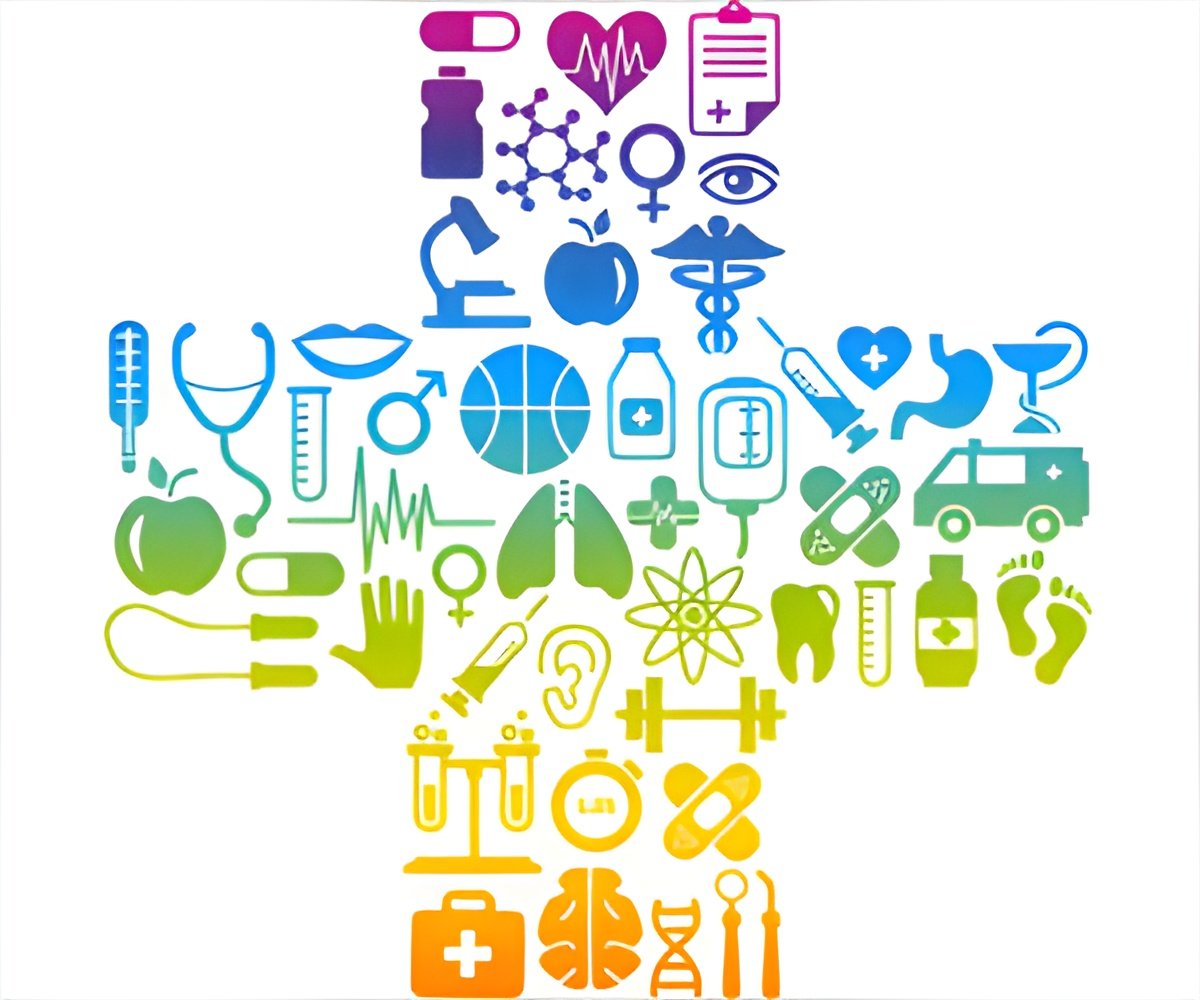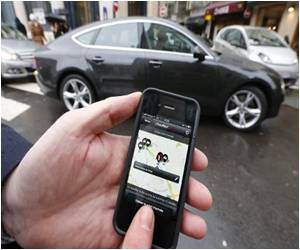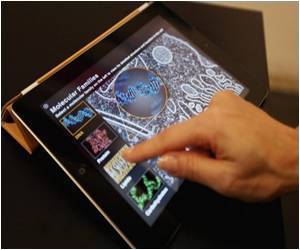Kenya plans to give tablets to pupils in their final year of high school, and swap teachers' chalkboards with smart interactive boards.

‘A local technology company in Kenya, called BRCK, has designed hand-sized tablets that are part of the 'Kio Kit', a digital classroom in a suitcase. Teachers say that the Kio-Kit is nicely designed for the young hands. Currently, just five primary schools and libraries are using the Kio Kit, but BRCK Education already has 300 pre-orders.’





In her crowded cement-floored, tin-walled classroom with a stopped clock on the wall, a seven-year-old girl called Blessing taps away on her new tablet, learning to spell. She said, "It's fun." Blessing's teacher Josephine Boke, who has taught primary school for 12 years, said, "The kit is nicely designed for the young hands, and it's easy to use and easy to adapt to the technology. To the kids, they get excited when they are using it. It gives me an easy time as a teacher." Kenya has a thriving tech start-up scene, including the enormously successful M-Pesa mobile money transfer system which allows clients to send cash with the help of their telephones.
The tablets and the BRCK are symbiotic- the modem is fixed into a watertight, hardened-plastic wheeled suitcase which has slots for the tablets and acts as a wireless charging station for both. New digital learning materials are uploaded to the BRCK wirelessly during quiet times of the night when more bandwidth is available, and then shared with the tablets during day-time classes.
Mukherjee said, "Intermittent power, intermittent internet connectivity, those are just the realities of our infrastructure, so we have to build solutions for those realities, rather than import solutions from other places."
Priced at $5,000 (4,500 euros), the kit seems high, given the ambition to provide access to quality education to all in some of the world's poorest places. But with many schools lacking electricity, let alone facilities to teach computing, Mukherjee said, "It is not only intended for the private and donor-backed schools in which it is currently being used. We see this kit being rolled around from one classroom to the next throughout the day, throughout the week, children sharing it, having access to the kind of content and e-textbooks they wouldn't otherwise have access to. We don't think it's beyond the reach of public schools to spend $5,000 giving digital access to 400 children."
Advertisement
In South Africa, the continent's most advanced country, Gauteng province which houses Johannesburg and Pretoria, started rolling out tablets to 375 high school pupils earlier in 2015.
Advertisement
Source-AFP










